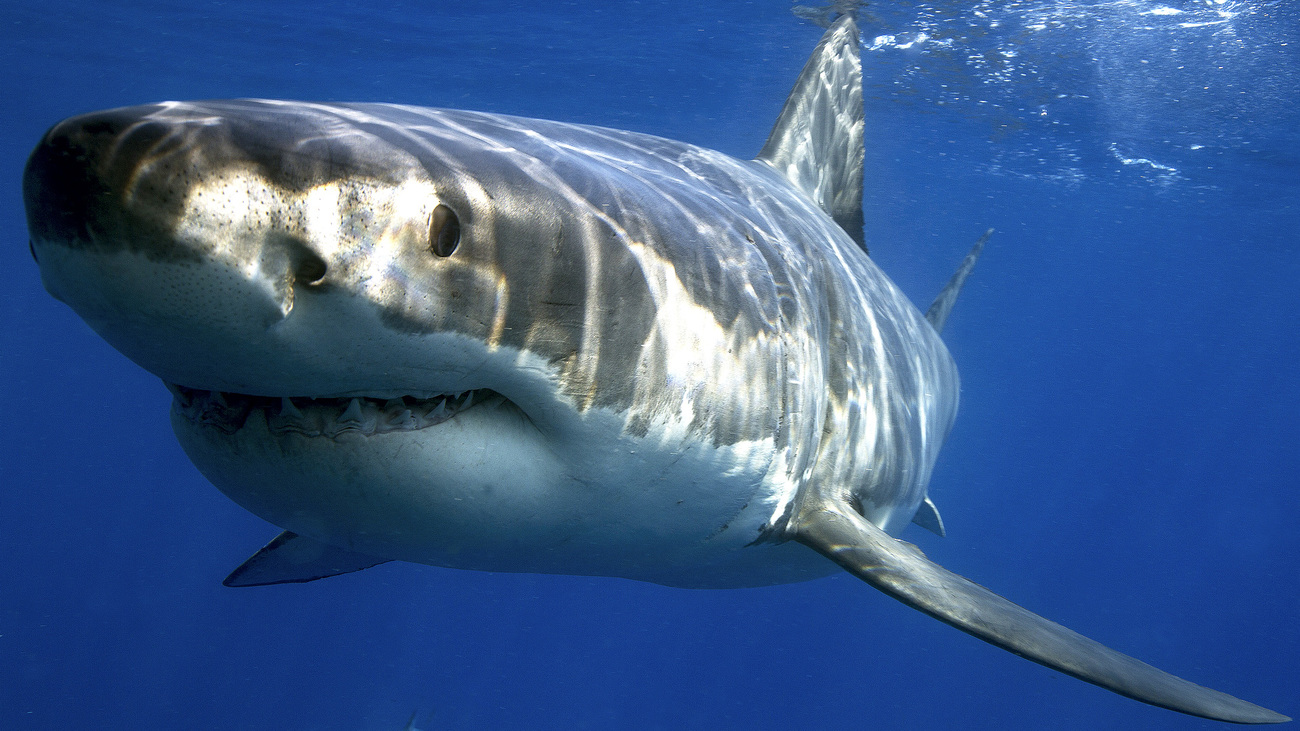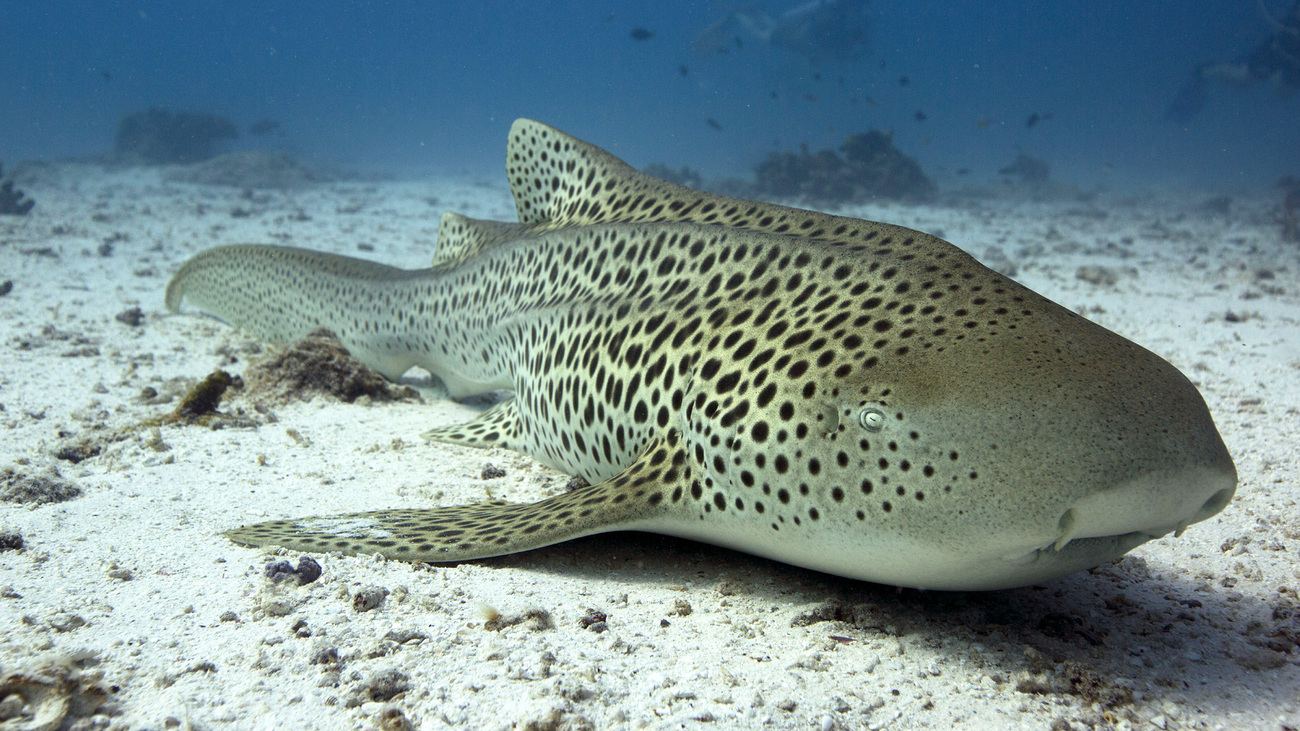Blog
15 animals that recovered from being endangered
Read moreSharks are some of the most misunderstood animals in the ocean. While they are seen as fearsome and dangerous predators, to humans, they don’t pose as big of a threat as you might imagine. In fact, humans are more dangerous to the survival of sharks.

Here are 15 surprising and fascinating facts about sharks that you may not know. From facts about how many teeth sharks have to how far they can swim, we hope you can learn something new today about these incredible marine animals.
1. Sharks don’t have bones. Instead of bones, sharks’ skeletons are made from cartilage—the same soft, bendy tissue that makes up your nose and ears. This makes sharks lighter and more flexible, suited to their fast-swimming lifestyle.
2. Sharks have spiky skin. Their bodies are covered in tiny, tooth-like structures called placoid scales, or dermal denticles. These scales point toward sharks’ tails and have an aerodynamic quality, reducing friction from the water as sharks swim. If you were to pet a shark, this is why their skin would feel like sandpaper.
3. Some sharks are warm-blooded. While almost all fish are cold-blooded—and being endothermic is typically restricted to mammals and birds—some sharks have adapted to control their own body temperatures. This trait appears in the shark family Lamnidae, in species including great whites, porbeagles, shortfin makos, longfin makos, and salmon sharks. Great white sharks have complex circulatory systems that distribute heat to the most important parts of their bodies.

4. Sharks have between five and 15 rows of teeth. The larger teeth grow towards the front of a shark’s mouth while the smaller teeth are in the back. Over time, as sharks lose their front teeth, these smaller teeth move forward. They aren’t attached to gums by roots like our teeth are, so sharks lose them often—about once per week. Some sharks have thousands of teeth—whale sharks have about 3,000.
5. Sharks are capable of electroreception, meaning they can sense electric fields. Some species are so sensitive that they could pick up on a charge equivalent to that of a small battery between electrodes 16,000 kilometres (10,000 miles) apart. Their electroreceptors look like jelly-filled tubes that open on the surface of sharks’ skin. As their prey generates electrical signals, these receptive organs help sharks hunt and even find prey that’s buried in the sand.
6. Great white sharks travel over 4,000 kilometres (2,500 miles) every year. They swim so far to migrate between their feeding and breeding areas—and they do it while fasting. One great white shark named Nicole was tagged and tracked swimming 20,000 kilometres (12,400 miles) from South Africa to Australia, breaking the record of the furthest a shark has ever travelled.
7. Sharks can have some of the slowest reproductive rates in the animal kingdom. However, it varies by species—while the dogfish shark has one of the longest gestation periods at up to two years, the blue shark can birth 25 to 50 pups per year. The slow reproductive rate of many sharks is threatening the decline of their species. This is because sharks are apex predators in their ecosystems, which means they aren’t adapted to handle high levels of predation—so they don’t reproduce quickly and in large numbers like smaller fish. But because of climate change, overfishing, and other threats to sharks, their numbers are declining, and they can’t reproduce fast enough to keep up.

8. Most sharks give birth to live young. While some species are oviparous, meaning they lay eggs, the majority are viviparous. Baby sharks are called pups.
9. There are more than 500 species of sharks swimming in the ocean, and they vary greatly in size. The smallest shark is the dwarf lanternshark, which measures 16 to 20 centimetres (6 to 8 inches) long—it could fit in your hand. The largest is the whale shark, the biggest fish in the ocean, which averages 5.5 to 9.8 metres (18 to 32 feet) long. That’s about as long as a two- or three-story building is tall.

10. Sharks play crucial roles in maintaining the ocean’s health. As apex predators, they feed on the large fish and other organisms below them on the food chain. This helps keep fish populations in check so that even smaller organisms and seagrass can thrive.
11. Over 90 shark species are endangered. Some of the most endangered species include sand tiger sharks, great hammerheads, and angel sharks, all of which are classed by the IUCN as critically endangered.
12. Shark attacks on humans are much less likely than you probably think. In fact, you’re more likely to experience a fatal accident from a falling coconut than from a shark. While sharks have a bad reputation for posing a danger to beachgoers, in reality, humans are much more dangerous to sharks. Sharks kill fewer than 10 people each year, while people kill an estimated 100 million sharks per year.
13. They may have a lot of teeth and lose them often, but sharks can’t get cavities. Unlike humans, sharks don’t have to worry about brushing their teeth every day. The surfaces of their teeth are coated in fluoride, which protects them from decay.

14. Sharks don’t have vocal cords. Unlike dolphins and whales, they cannot communicate with each other using sound. Instead, they communicate through shaking their heads, butting heads, and swimming in zigzags.
15. Sharks can enter a trance. Called tonic immobility or animal hypnosis, they enter this state when flipped upside down. It is the same response opossums have when they are ‘playing possum’. It’s unknown why exactly this response occurs in sharks, but some scientists hypothesise that it might have to do with mating.
IFAW is working to support sharks by putting limits into place to manage the trade and catch that is driving shark declines worldwide.
For over a decade, we have partnered with member countries of the Convention on International Trade in Endangered Species of Wild Fauna and Flora (CITES) to achieve limitations on the trade in nearly 100 threatened species—ensuring any continued trade in sharks is legally and sustainably sourced (this is known as an Appendix II listing of the Convention).
Listed species are provided robust regulation, monitoring, and enforcement of sustainable trade limits by governments all over the world. CITES management prioritizes the identification and seizures of illegal shipments of shark products, as well as driving better fisheries management at the national level—leading to effective reductions in shark and ray mortality worldwide.
IFAW also provides support to action on these regulations, such as identification and enforcement trainings, as well as the development of technical tools as governments seek to enact CITES listings for sharks at home.
By focusing on sustainable trade limits for shark species, we hope these listings will provide a global framework to prevent the shark trade from driving species towards extinction, and individual countries can then make decisions on trade and fisheries based on the health of populations in their waters.
In addition, IFAW is working around the world to mitigate climate change by promoting wildlife and marine conservation as a nature-based climate solution. As sharks balance the food chain, ensure biodiversity, and keep our marine ecosystems healthy, they help make our planet more resilient to climate change. Working with governments, stakeholders, and local communities, IFAW aims to create a better future for animals, people, and the planet.
Our work can’t get done without you. Please give what you can to help animals thrive.
Unfortunately, the browser you use is outdated and does not allow you to display the site correctly. Please install any of the modern browsers, for example:
Google Chrome Firefox Safari